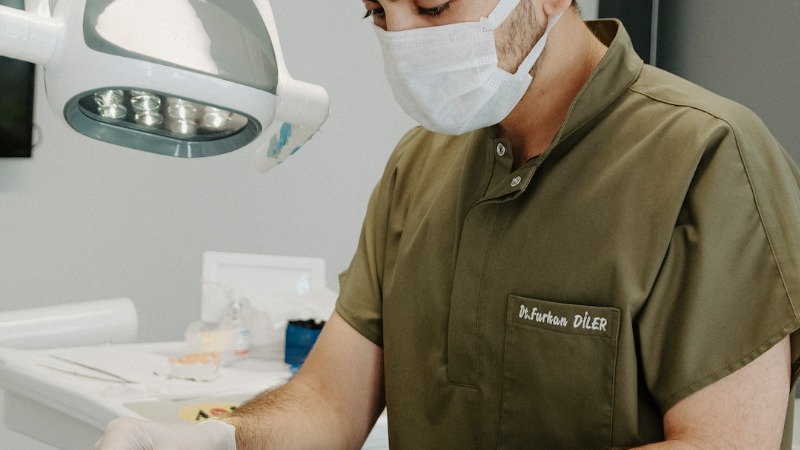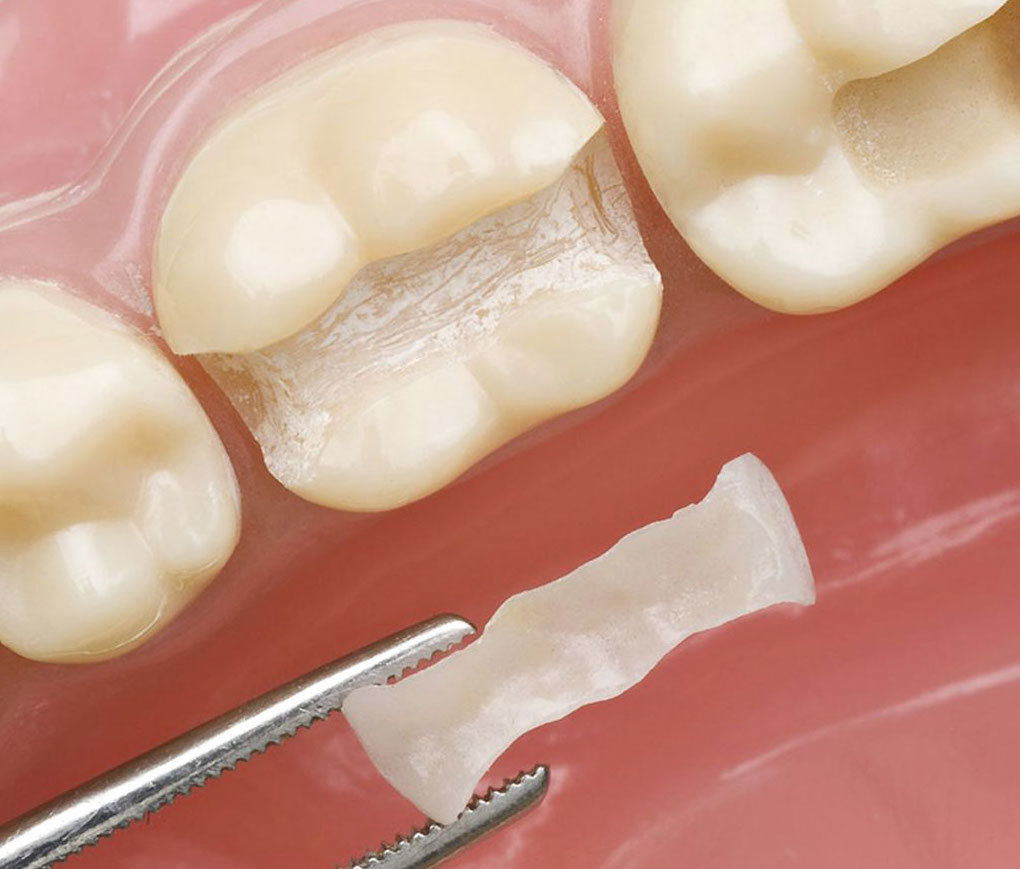
Direct vs. Indirect Tooth Restoration
When you have a broken, decayed, chipped, or cracked tooth, a dental restoration of some kind is the treatment that will bring your pearly white back to full function. When your smile is unhealthy, your ability to speak and eat and your general quality of life are affected. Your dentist might recommend varying types of restorations depending on your particular case. Restorations are classified into two types: direct tooth restoration and indirect tooth restoration.
Most dental damage and decay can be repaired using a range of restorations. These restorations are divided into two main categories: direct and indirect. Understanding the differences between these categories is important for choosing the best restoration for your specific needs.
Direct Restorations (Composite Resin Fillings)
Contents
Direct restorations involve the dentist fabricating your dental restoration in-office from composite resin. This is done by directly placing the material onto the affected areas of your teeth, allowing the dentist to make necessary adjustments to the shape and size of the tooth before it hardens. Because the restoration is completely fabricated inside the mouth, this type of restoration typically requires only one office visit. Direct restorations are generally used to repair small to medium-sized areas of damage on existing teeth.
Dentists generally provide direct tooth restoration when you present with a cavity. This means that your cavity will be cleared of all bacteria, prepped for the procedure, and given a filling. This all happens in the same appointment in most cases. The single office visit aspect of direct tooth restoration is the most advantageous. Ensuring that a direct tooth restoration is all you need when you have a cavity is contingent on visiting your dentist regularly – preferably every six months. This way, tooth decay is caught early before more invasive and challenging restorations are necessary.
Indirect Restorations (Inlays and Onlays)
Indirect restorations, on the other hand, are restorations that cannot be entirely fabricated inside the mouth. Instead, they are fabricated outside the mouth in a dental laboratory or with an in-office milling machine. Once completed, they will then be placed inside the mouth. Because these restorations are created outside of the mouth, they can require multiple office visits to the place. Indirect restorations include crowns, bridges, implants, inlays, onlays, and veneers.

Indirect tooth restorations are necessary when a cavity or injury requires more than a simple filling to regain strength and function. The restoration is usually a dental crown, inlay, or onlay. These cover more area than a filling when a larger amount of natural tooth structure is lost. Dental crowns cover the entire chewing surface of your tooth. Inlays consist of pre-fabricated material placed within the cusps of a tooth. Onlays cover the outer tip of one or more cusps, including some chewing surfaces. All indirect restorations require more than one dental appointment.
Direct vs. Indirect Tooth Restoration
| Direct Restoration | Indirect Restoration | |
|---|---|---|
| Procedure | Filling material is placed directly into the cavity or damaged area of the tooth | Custom-made restoration is fabricated outside of the mouth and then cemented into place on the prepared tooth |
| Materials used | Composite resin, amalgam, glass ionomer, etc. | Ceramic, porcelain, gold, etc. |
| Preparation time | Usually done in a single appointment | Requires two separate appointments |
| Size of restoration | Suitable for small to medium-sized restorations | Suitable for larger restorations or for teeth with significant damage or decay |
| Esthetics | The filling material can closely match the color of the natural tooth | The restoration can be custom-made to match the color and shape of the surrounding teeth |
| Durability | May not be as durable as indirect restorations and may need to be replaced sooner | Indirect restorations are often more durable and can last longer |
| Cost | Generally less expensive than indirect restorations | Generally more expensive than direct restorations due to the additional laboratory costs |
Modifications to Natural Tooth Structure
Another main difference between direct and indirect restorations is that indirect restorations require more modifications to your natural tooth structure. While composite resin used for direct restorations will bond with your tooth enamel, these materials require dental cement to hold them in place. As such, some natural tooth restructuring may be required to ensure the dental restoration fits correctly without changing your natural bite. Other restorations require different degrees of modification. For example, a dental crown requires more modifications than a veneer. Although these materials require enamel modifications, their strength, and durability far surpass that of composite resin and can last anywhere from 10-15 years. Moreover, many offer additional advantages in terms of aesthetics, making them ideal for cosmetic treatments as well.
Fabrication Process
After having your tooth modified to fit the desired indirect restoration, your dentist will take an oral scan or dental impression to obtain the information necessary to fabricate it. This will then be sent to a dental laboratory or programmed into an in-office milling machine, where it will be carefully crafted before being checked for fit and accuracy. As fabrication typically takes 1-2 weeks, you will need to wear a temporary restoration while you wait for your permanent restoration to be completed. Temporary restorations protect your teeth and maintain the aesthetics of your smile; however, they are not very strong since they are only meant to be temporary and should thus be handled with care. After all checkups, your permanent restoration can finally be cemented into place.
Choosing The Best Restoration
Both types of dental restorations offer a range of options for repairing damage or decay. In most cases, direct restorations are used for smaller repairs, as composite resin can create a strong bond with tooth enamel, allowing for efficient and timely repairs. On the other hand, larger areas of damage or decay are better suited for indirect restorations as they are made from stronger materials that can provide more support than resin-based compositions. They also enhance the aesthetics of your smile and can last substantially longer. Ultimately, it is up to you and your dentist to decide which option meets your specific needs and goals.
Summary
Both direct and indirect restorations can be effective in restoring the function and appearance of damaged teeth, and the choice of which method to use depends on the size and location of the damage, as well as other factors such as the patient’s oral health, esthetic concerns, and budget.

